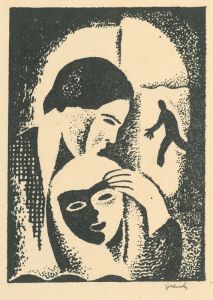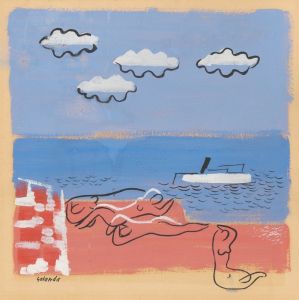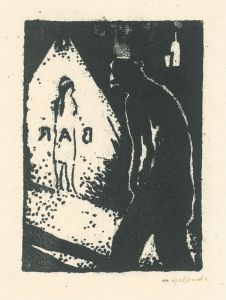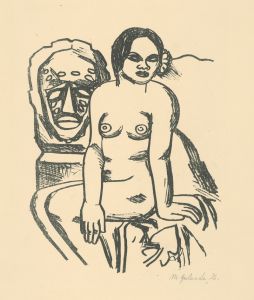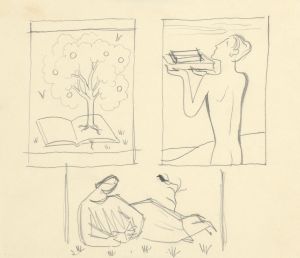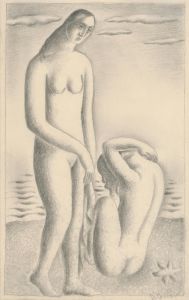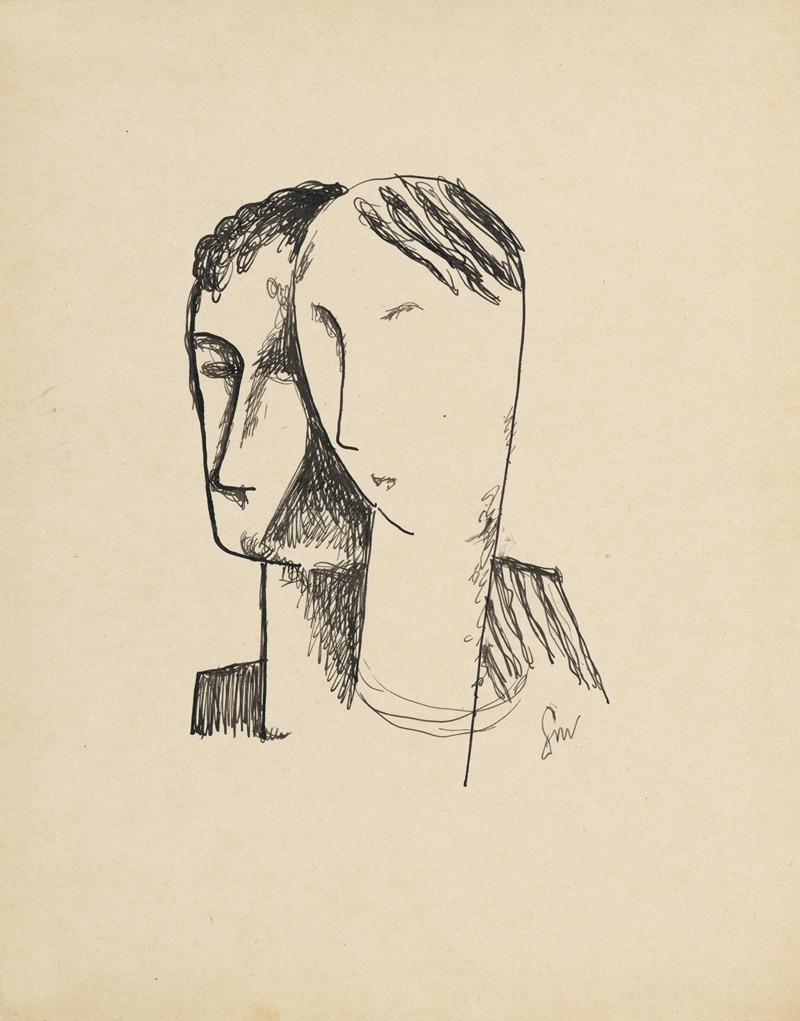
Dve hlavy
A hand-painted replica of Mikuláš Galanda’s masterpiece Dve hlavy, meticulously crafted by professional artists to capture the true essence of the original. Each piece is created with museum-quality canvas and rare mineral pigments, carefully painted by experienced artists with delicate brushstrokes and rich, layered colors to perfectly recreate the texture of the original artwork. Unlike machine-printed reproductions, this hand-painted version brings the painting to life, infused with the artist’s emotions and skill in every stroke. Whether for personal collection or home decoration, it instantly elevates the artistic atmosphere of any space.
Mikuláš Galanda (1895–1938) was a Slovak painter, graphic artist, and illustrator, recognized as one of the key figures in modern Slovak art. He was a member of the avant-garde movement and contributed significantly to the development of modern art in Slovakia during the early 20th century. His works often combined elements of Cubism, Expressionism, and Symbolism, reflecting his innovative approach to art.
One of Galanda's notable works is Dve hlavy (translated as Two Heads). This painting exemplifies his unique artistic style, characterized by simplified forms, bold lines, and a focus on emotional expression. The composition features two stylized human heads, rendered in a manner that emphasizes their abstract and symbolic qualities. The use of color and form in Dve hlavy reflects Galanda's interest in exploring the human condition and the inner emotional world of his subjects.
Galanda was part of the "Generation of 1909," a group of Slovak artists who sought to modernize Slovak art and integrate it into broader European artistic trends. His work, including Dve hlavy, played a crucial role in this effort, bridging traditional Slovak themes with contemporary artistic movements. Galanda's artistic legacy continues to influence Slovak art and culture, and his works are celebrated for their originality and depth.
Dve hlavy is housed in the Slovak National Gallery, where it is part of the permanent collection. The painting is considered an important example of Galanda's contribution to Slovak modernism and his ability to convey complex emotions through minimalist and abstract forms.









